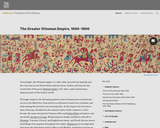
This article examines and explores the greater Ottoman Empire.
- Subject:
- English Language Arts
- Social Studies
- World History
- Material Type:
- Reading
- Provider:
- Metropolitan Museum of Art
- Author:
- Marika Sardar
- Date Added:
- 02/26/2019

This article examines and explores the greater Ottoman Empire.
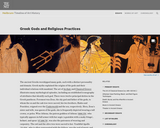
This site contains 27 slides with images from sculpture, vase paintings, jewelry, mirror, and coins along with an explanatory essay.
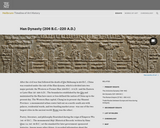
This article traces the history of the Han Dynasty of China from 206 B.C.E. to 220 C.E.
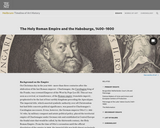
This article explains the significance of the crowning of Charlemagne.
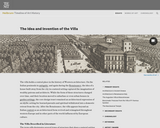
This site contains 25 slides which illustrate the concept of the 'villa' from ancient times to the Renaissance along with an explanatory essay.
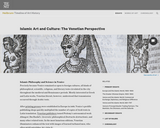
This article examines the impact of Islamic art, science, and culture on Venice.
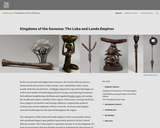
This article examines the development of the Luba and Lunda Empires of central Africa in the late seventeenth and eighteenth centuries.
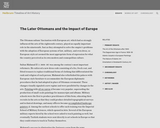
This article examines the lasting legacy of the Ottoman Empire. The Ottoman sultans' fascination with European art, which had so strongly influenced the arts of the eighteenth century, played an equally important role in the nineteenth.
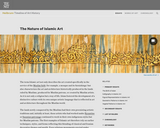
This article examines the nature and spread of Islamic art.
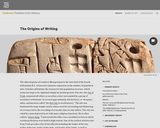
This article explains the origins of writing in Ancient Mesopotamia. It also discusses its uses and cultural impact.
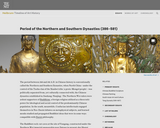
This article traces the history of the Northern and Southern Dynasties. This period was when North China, under the control of the Tuoba clan of the Xianbei tribe (a proto-Mongol people), was politically separated from, yet culturally connected with, the Chinese dynasties established in Jiankang (Nanking).
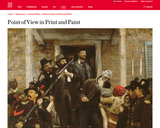
In this lesson, students will be able to identify ways the artist uses color, composition, and the subjects' poses to convey viewpoint; cite evidence from texts that support interpretations of each document; and integrate content presented in diverse media and formats.
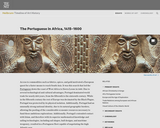
This article explains Portuguese motives for exploring Africa in the 15th through 17th centuries. Motives included access to commodities and a faster means to South Asia. In addition, religion played an important role in Portuguese exploration of Africa.
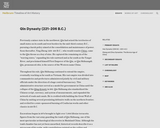
This article examines the development and legacy of the Qin Dynasty from 221-206 B.C.E.
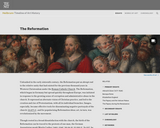
This article explains how the Reformation put an end to the relative unity that had existed for the previous thousand years in Western Christendom under the Roman Catholic Church. It discusses the role of Martin Luther and other important figures of the movement.
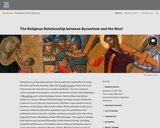
This article explains how during the late Byzantine period church authorities made efforts to unify the Latin and Greek churches.
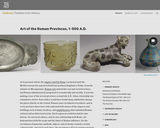
Heilbrunn Timeline of Art History with links to slide shows and explanatory essays of the artwork.

Etruscan Art: Slide show of 12 items from the Metropolitan Museum of Art. When one clicks on each slide, an explanatory essay also appears. There is also a general essay on Etruscan art.
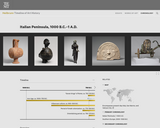
Metropolitan Museum of Art's Heilbrunn Timeline of Art History includes links to slides with explanatory essays of the artwork.
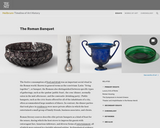
This site contains 21 slides and an explanatory essay. Images include: glassware, pottery bowls, plates, vase paintings, metal utensils and serving pieces.